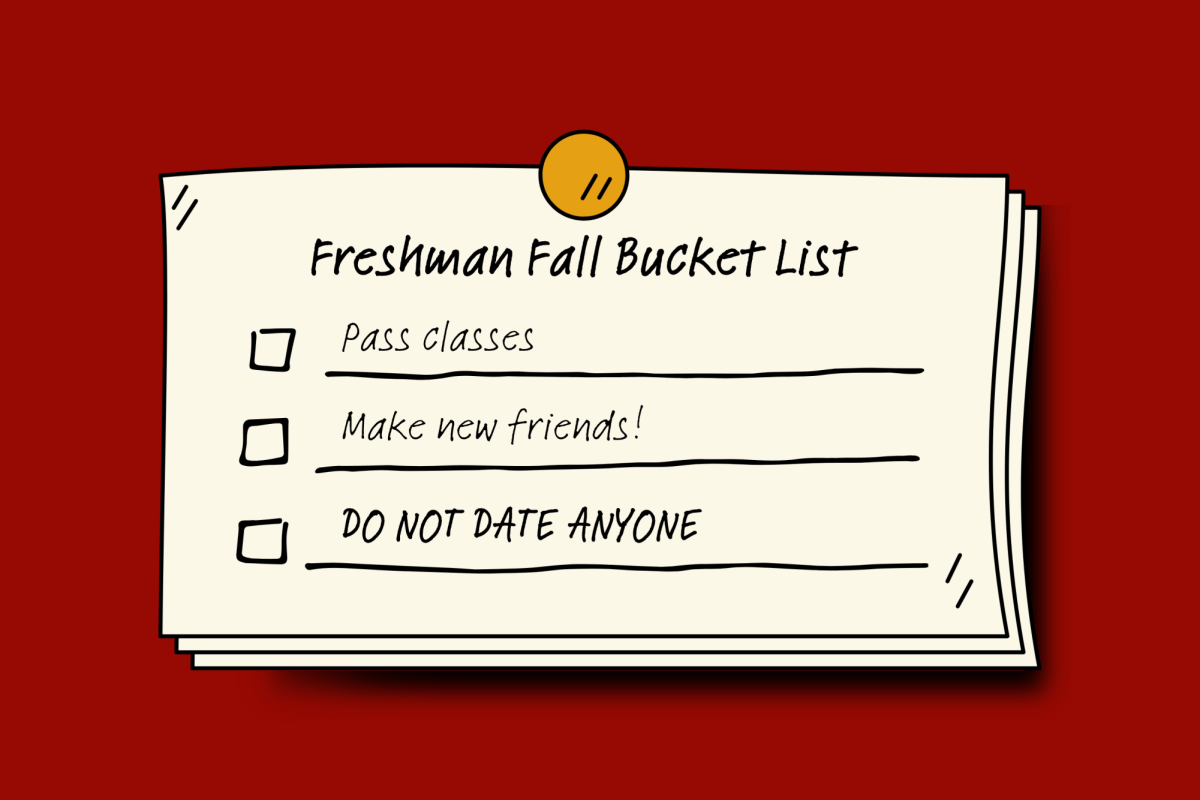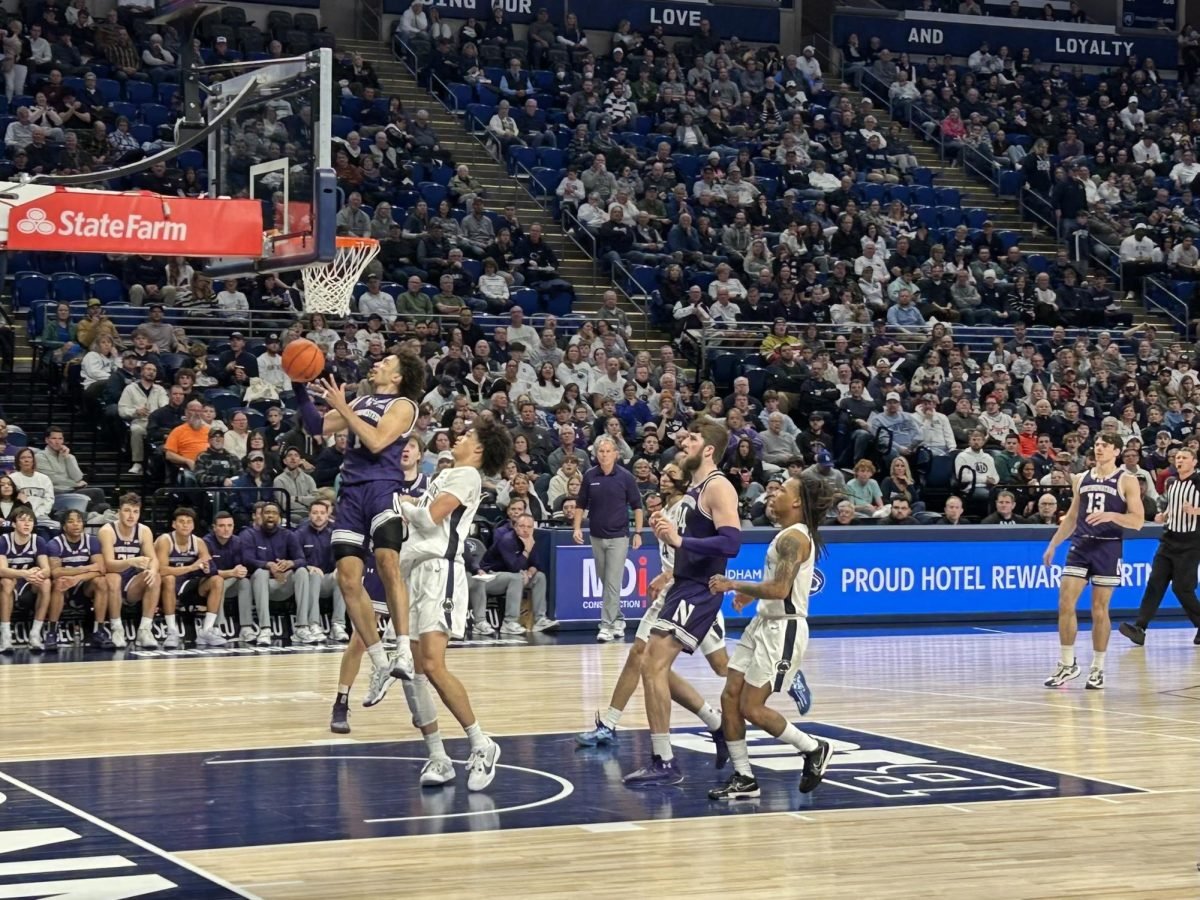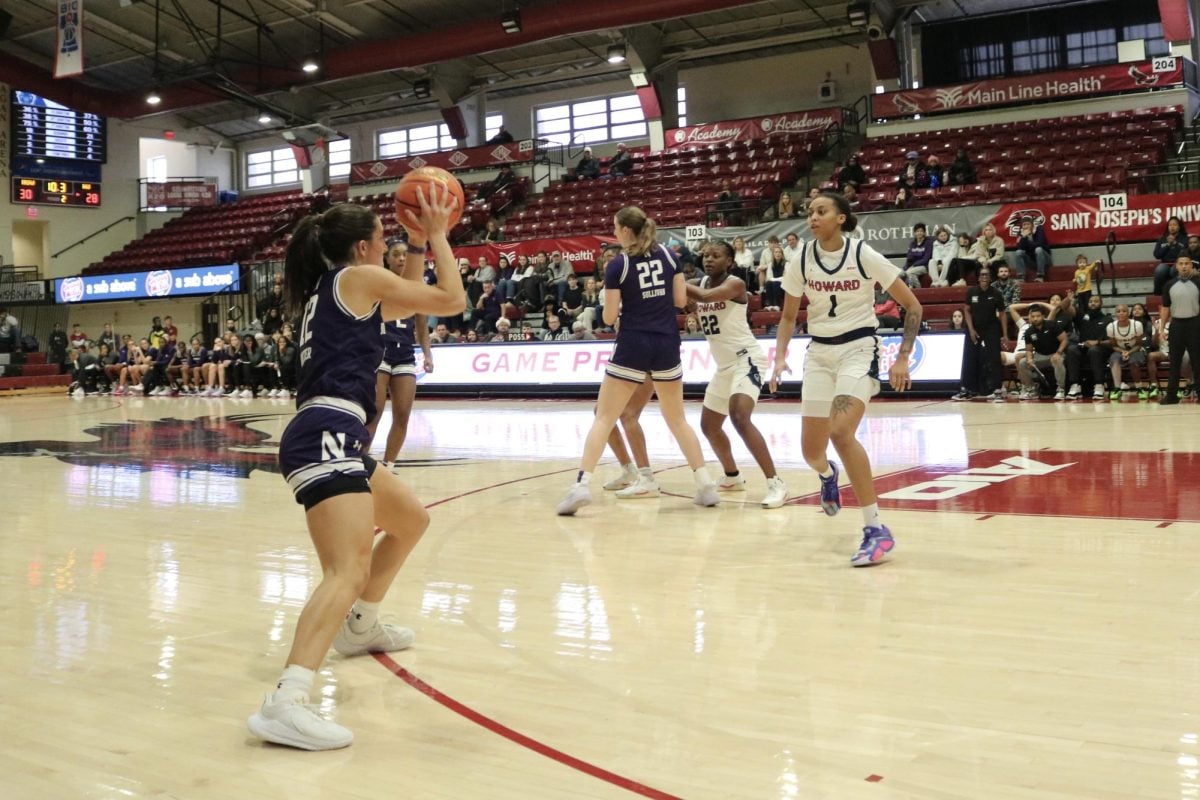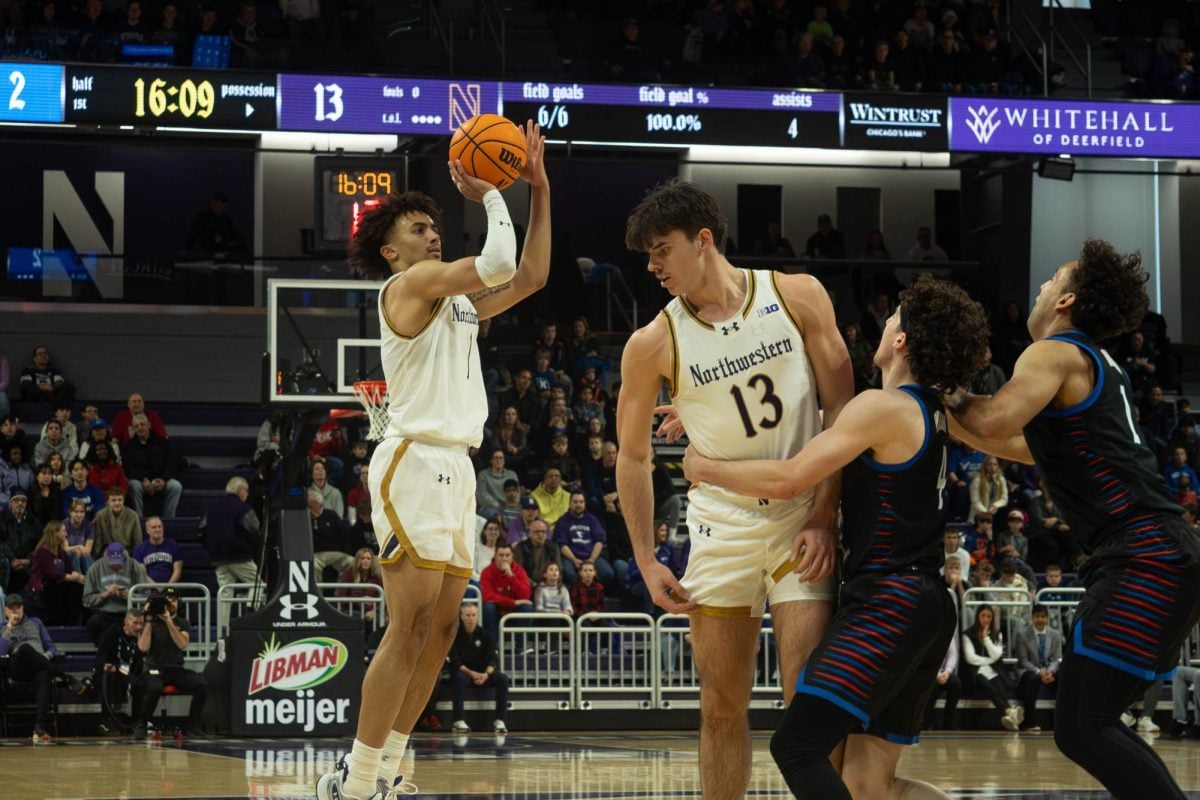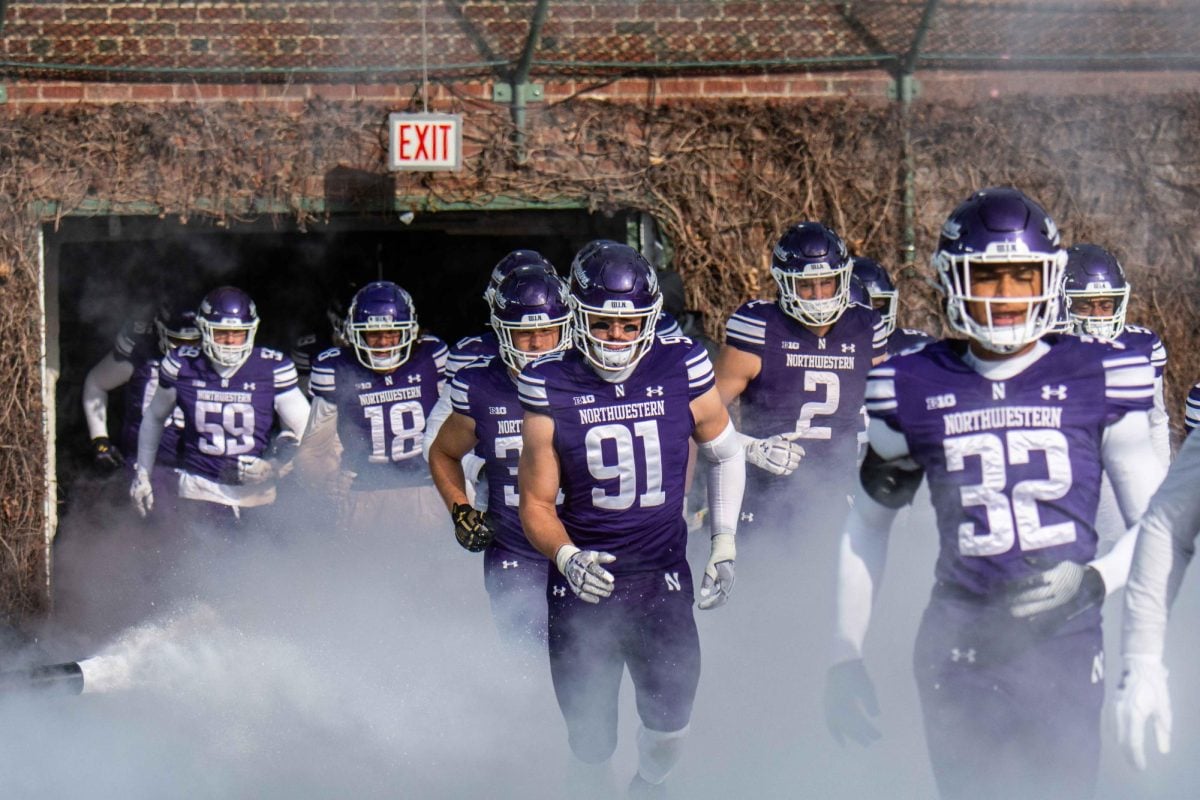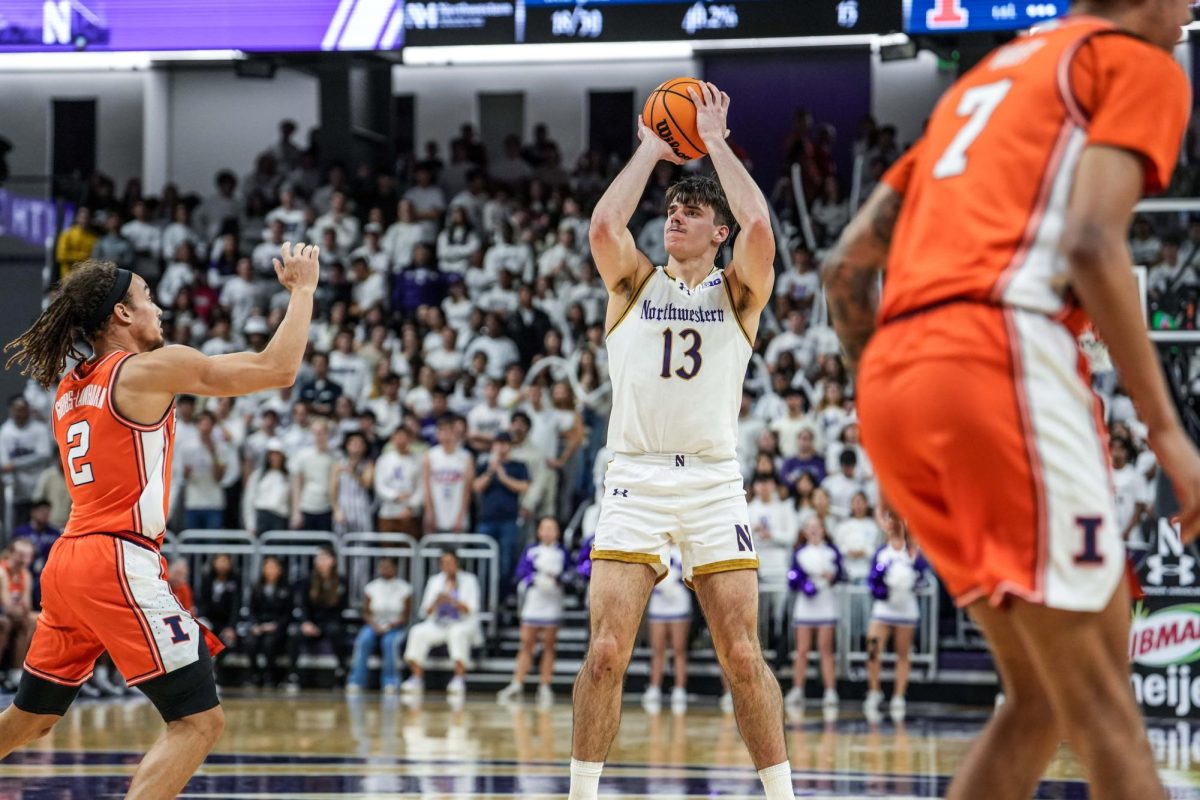With Northwestern’s tuition rising an additional 4 percent for undergraduates for the upcoming academic year, finding ways to help manage these increasing costs is another thing to add to many students’ plates. One way nearly 2000 Wildcats do so is by participating in the work-study program.
Work-study can sound a bit confusing and overwhelming, especially for incoming students who have a barrage of new information coming their way. Luckily, the program is not as complicated as it may seem.
Work-study at NU is part of a student’s financial aid package and involves working specific jobs affiliated with the federal work-study program, which aims to provide part-time jobs to students who exhibit financial need.
In this program, the funding for a student’s wage is different from a regular student job, with up to 75 percent being funded by the federal government. Otherwise, it’s very similar.
Students are paid an hourly wage for their job and may accrue paychecks until a certain allotment of money stated on their financial aid package is obtained. At this point, the qualifying student may apply for an earning limit appeal to increase their allotment, or the position must be converted into a regular student temp job in which the student is paid outside of the work-study program. Otherwise, the position must be terminated, according to NU’s work-study website.
Students who qualify for work-study will be notified of their eligibility in their yearly financial aid award letter. Eligible students are not required to participate, but each student who chooses to must accept the allotment before beginning their affiliated positions.
Once the work-study package has been accepted, students may go onto the work-study website for more information about applying for work-study jobs, which can include everything from lifeguarding at Henry Crown Sports Pavilion to assisting with teaching preschoolers in the Evanston community.
On the website, employers list hourly pay for specific jobs as well as the average weekly time commitment expected from students. Though the idea of working a job while also juggling school, friends and clubs can sound daunting, most students only work 6-10 hours a week, with an absolute cap of 20 hours.
While supervisors tend to be flexible and understanding of the often chaotic schedule of an undergraduate, it is best to communicate other commitments upfront during the initial interview process.
After being accepted for a position, students must fill out hiring documents such as a Work-Study Authorization Form, which must be completed for both new and returning employees. After this, students will gain access to Northwestern’s myHR Employee Portal, where they can set up direct deposit and view paychecks. Work-study is not credited directly to a student’s tuition bill, but rather the payment is provided to the student either by check or direct deposit.
After this, qualifying students may begin working. If you end up feeling like the job you’ve chosen isn’t for you, you aren’t locked in. Students may apply to work-study positions at any point in the academic year.
Another way to make work-study more interesting is to split time between two jobs, which is allowed as long as the 20 hour weekly cap is not exceeded. Though this isn’t the most common route to fulfill your work-study allotment, it is available to students.
Another resource in understanding work-study and choosing the best option for you is your academic advisor, who can help to answer specific questions and help.
Email: [email protected]
Related Stories:
— Work-study jobs on campus go unfilled, mirroring nationwide labor shortage
— Need to Know: Your guide to navigating work-study
— Despite compensation efforts, work-study communication falters












